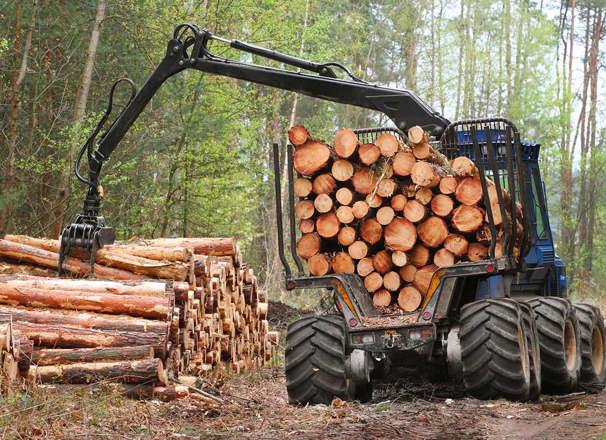Occupational health and safety (OHS) officers work for federal and provincial governments. Alberta’s Occupational Health and Safety Act [pdf] authorizes occupational health and safety officers to inspect, investigate, inquire about, or conduct tests in workplaces to ensure they comply with the Occupational Health and Safety Code [pdf].
OHS officers inspect workplaces to ensure equipment, materials, and production processes do not present a safety or health hazard. They inspect a wide variety of workplaces such as construction sites, offices, and mines. They may specialize in inspecting a particular type of workplace.
When inspecting workplaces, OHS officers:
- Walk through the site to identify and document health and safety hazards
- Conduct an initial analysis of physical (example: noise and lighting) and chemical (example: vapours, gases, dust) hazards
- Determine whether hazards are being controlled to meet legislated minimum standards
- Determine whether previously identified hazards have been eliminated or controlled to meet legislated minimum standards
- Get input from workers about general health and safety practices at their workplace
OHS officers enforce health and safety laws and regulations. They:
- Investigate complaints related to health and safety
- Investigate workplace fatalities, serious injuries, and potentially serious incidents
- Assess and enforce compliance with the employer’s internal responsibility system
- Issue reports about their findings
- Review and make decisions about situations in which a worker has refused to work on the grounds that danger exists or that the work will cause danger to them
- Advise on actions to take to ensure the worksite complies with legislation
- Follow up with the employer to make sure the site complies with legislation
They also facilitate change to improve the health and safety culture. OHS officers:
- Provide advice regarding the development of safe and healthy practices
- Encourage managers, supervisors, and employees to participate in occupational health and safety programs
For more details about the duties of an OHS officer, see the Occupational Health and Safety Act [pdf].
For information about OHS specialists employed by companies, see the Occupational Health and Safety Advisor occupational profile.



